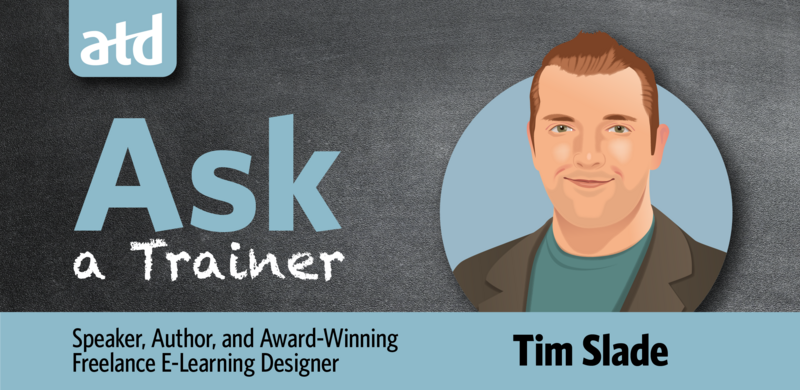ATD Blog
Ask a Trainer: How Can I Support Corporate Culture During a Time of Change?
Tue Jun 01 2021

In this week’s Ask a Trainer guest post, Bill Rothwell offers advice for how talent development professionals can help managers and employees take on workplace challenges.
Dear Bill,
My organization is going through some rapid changes: moving to hybrid and dispersed work, dealing with automation and AI, and more. These changes have been in the works for a while, but it feels like the pace of change is accelerating dramatically, and it’s taking a toll on our corporate culture. As a talent development professional, how can I support my organization through these changes while preserving our corporate culture?
One of the guiding models in organization development is Lewin’s action research model and how it differs from traditional change management. The action research model identifies what people believe their problems are, what people believe their solutions are, what people believe their action plans to implement solutions should be, and how people believe success should be measured. It’s democracy in the workplace. When I train people on this approach, often the first objection I get from managers is that it will take too long to involve people in decision making. The reality is that often it does take longer, but this is only because people don’t know how to do it.
The way people learn management in many organizations is by watching their role models. It’s not what they learned in an MBA program; it’s the managers that people have had and the quality of those managers and how well they are able to tap into the creative and innovative thinking of their workers. That’s key to success and to worker engagement. Many managers still don’t know how to because they were never trained to do it. They also have never seen a role model do it, and they are left to try to invent it themselves. Many business schools still don’t teach good, practical human resource–related topics in any level of business major, so a lot of people, even those from first-rate business schools, lack in the people side of the enterprise. They don’t understand the first thing about how to diagnose and address performance problems with people, how to manage change, how to engage their workforce, how to keep avoidable turnover down, and how to attract top talent.
This is one of the central challenges of the 21st century: How can we adapt our management thinking to the new realities of the workplace where we have new ways of thinking about work, new ways of doing work, new places from which we do work, and new thinking about the people we involve as workers. Technological implications, such as how well we work with robots and artificial intelligence to achieve results with an existing workforce, are also present. These are some of the challenges that this next generation of leaders and managers must cope with.
That’s where our field comes in. Often, we are the ones who help socialize workers into the corporate culture that they find themselves working in. It falls to us sometimes more than it does schools to help equip people with what they need to be successful.
When I was a manager at the training department in a multinational company, I used to tell my staff that everyone in the company is our customer. We must help them figure out how to solve the problems they face, whether those are day-to-day problems or whether they are strategic long-term problems. It sounds easy, but it isn’t. So that’s the challenge for our field: How to help managers and leaders tackle those broader challenges.
Learn more from Bill about the future of talent development on the Accidental Trainer podcast. His episode will air on June 2, 2021.
_
_
If you have a question for Ask a Trainer, send it to [email protected]. You can find answers to previous questions by visiting the Ask a Trainer hub.
_
_
We welcome your comments and engagement on these posts. All posts are reviewed to ensure appropriateness based on ATD’s requirements for postings in our online communities.
Please note: Content shared in this column is provided by the author and may not reflect the perspectives of ATD.

